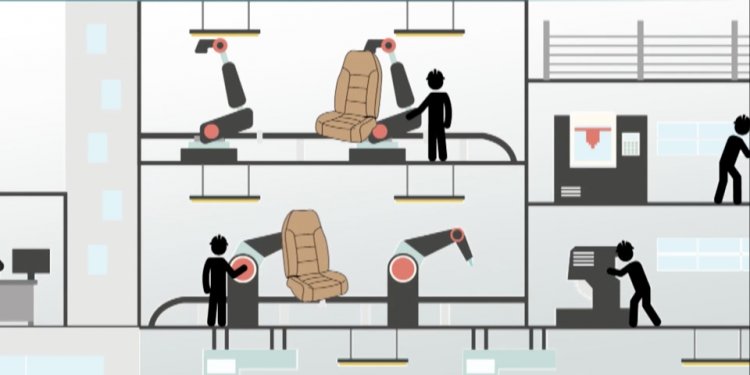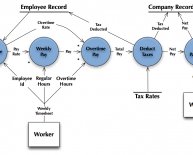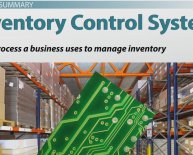
Just in time inventory control system
Just-in-time (JIT) is an inventory strategy companies employ to increase efficiency and decrease waste by receiving goods only as they are needed in the production process, thereby reducing inventory costs. This method requires producers to forecast demand accurately.
BREAKING DOWN 'Just In Time - JIT'
A good example would be a car manufacturer that operates with very low inventory levels, relying on its supply chain to deliver the parts it needs to build cars. The parts needed to manufacture the cars do not arrive before or after they are needed; instead, they arrive just as they are needed.
Advantages
Just-in-time inventory control has several advantages over traditional models. Production runs remain short, which means manufacturers can move from one type of product to another very easily. This method reduces costs by eliminating warehouse storage needs. Companies also spend less money on raw materials because they buy just enough to make the products and no more.
Disadvantages
The disadvantages of just-in-time inventories involve disruptions in the supply chain. If a supplier of raw materials has a breakdown and cannot deliver the goods on time, one supplier can shut down the entire production process. A sudden order for goods that surpasses expectations may delay delivery of finished products to clients.
Case Study
Toyota uses just-in-time inventory controls as part of its business model. Toyota sends off orders for parts only when it receives new orders from customers. The company started this method in the 1970s, and it took more than 15 years to perfect. Several elements of just-in-time manufacturing need to occur for Toyota to succeed. The company must have steady production, high-quality workmanship, no machine breakdowns at the plant, reliable suppliers and quick ways to assemble machines that put together vehicles.
Toyota's just-in-time concept almost came to a crashing halt in February 1997. A fire at a brake parts plant owned by Aisin decimated its capacity to produce a P-valve for Toyota vehicles. The company was the sole supplier of the part, and the fact that the plant was shut down for weeks could have devastated Toyota's supply line. The auto manufacturer ran out of P-valve parts after just one day. Production lines shut down for just two days until a supplier of Aisin was able to start manufacturing the necessary valves. Other suppliers for Toyota also had to shut down because the auto manufacturer didn't need other parts to complete any cars on the assembly line. The fire cost Toyota nearly $15 billion in revenue and 70, 000 cars due to its two-day shutdown, but it could have been much worse.

















